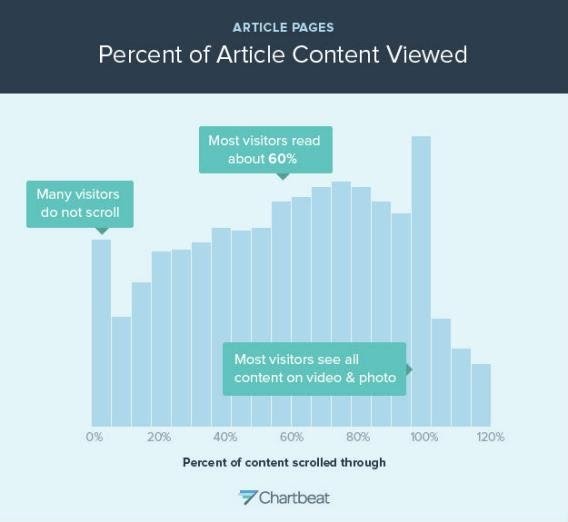Writers are known to be self-conscious and critical of their work. And if you’re a writer too, you’re always looking for ways to improve your writing skills.
As a student of writing, you’re probably looking for some tips on finding the best writing strategies.
But it can be challenging to find the right tools to help. For this reason and more, we’re going to tell you about some of the best writing strategies.
Make Writing Fun Again!
Set and forget your writing conventions by running Grammarly in the background. Save 20% with our exclusive link.
Grammarly Premium Walkthrough Video
Grammarly Best All-Around
PROS
- 86% out of 86% accuracy
- 16+ billion database
- 150k+ word limit
- 5 devlice limit
- Includes plagiarism
- 1-hour response
CONS
- Only supports English
- Expensive without our link
What Is a Writing Strategy?
A writing strategy is a specific approach taken to support your thesis, prove a point, or simply communicate better with your audience.
Do you find yourself often stuck or if a specific topic seems particularly challenging? That is when clever and practical writing strategies can be immensely useful. Now, the fact of the matter is that creating or mastering a strategy does take a lot of writing skill.
Writing Strategies to Keep in Mind
Here’s a list of the best writing strategies you can use to become an even better writer.
#1. Include a captivating intro
This will always be one of the most important strategies to develop, and it’s particularly true for writing assignments. It’s always vital for your opening sentence to be catchy and relatable.

It’s all about opening strong and being able to engage the reader immediately. The good idea is to start with an interesting fact, or an anecdote, or whatever you feel might capture attention. The intro is where the thesis is, and every essay needs a captivating thesis.
#2. Choose your direction
The opening paragraph is where you lay out the details of what the reader can expect in your article.
This is where you can demonstrate your writing skills and take the direction you feel is best. You can be as creative as you like or, if you prefer, keep things short, simple, and straightforward. Somebody who is teaching writing will always tell you that you need to pick a direction and stick with it.
#3. Set the tone
So much of writing revolves around the tone.
People who are avid readers will be able to pick up on it right away. That’s why one of the best writing strategies is to go with sincerity. Inauthenticity is everywhere, and people are becoming more averse to it.
Finding the right sentence starters is a big way to set the tone for every point you want to make. You can take a look at our passive voice checker reviews to see if you’re using the right tone.
#4. Address your audience
You have to know exactly who you’re writing for.
Are the people who read your stuff mostly single or married? Do you know what the prevalent profession is among your audience?
Knowing these facts will help you speak to them more directly. If you don’t know how to address your audience, taking a writer’s workshop might be a good idea.
#5. Create an outline
Some writers don’t like outlines, whereas others depend on it. It’s a matter of preference, sure, but there’s a lot of value in having a good writing outline. It decreases the chance that you’ll veer off into digressions that confuse your reader and make them lose interest. The bottom line is that every writing task starts with a good outline
#6. Relax a little bit
Of course, writing is a serious business, but it’s okay to have a little fun with it.
One of the most successful principles for writing is enjoying yourself when you create content.
It’s possible even to generate excitement about a topic you don’t normally expect you’d like. Struggling writers are often stressed writers, so take a minute to sit back and breathe.
#7. Invitation to a dialogue
It’s not exactly the same as a Call to Action strategy, but it’s similar in some ways. The dialogue you’re inviting your readers to participate in has to be in your comments section.
It can be a question for them to ask themselves or each other. When you talk about what’s your favorite writing spot, you can inquire about theirs, too, and ask what they would need to make it more complete.
#8. A fresh spin on an old topic
If you’re working on a topic that happens to have been covered everywhere, finding words that won’t sound stale can be challenging.

That doesn’t mean that there’s nothing to be said, for that’s never true. But it does mean that you’ll need to dig a little deeper and find a personal spin that’s also fresh and new. Effective strategies always bring old content to light in a new way.
#9. Clarity
Keeping things clear is probably one of the most reiterated writing strategies. And there’s a good reason that’s the case. You don’t want your reader to lose track of what you’re trying to say.
They’ll likely give up on the text entirely. Make sure that your message is loud and clear, regardless of the style of writing you practice. You’re first draft might not be super clear, but this is why you have to keep refining it.
Most writers use Grammarly or other writing apps to make sure that their writing has a good flow and free of errors. Additionally, you can use AI writing platforms to enhance your writing.
#10. Add images
There is such a thing as too many pictures on a blog or website, that’s for sure. But it’s even worse when there’s none. The trick is figuring out where the golden middle lies.
Visualization is important, and it can complement your writing more than you can ever expect. Also, a carefully chosen image will offer a nice intermezzo between text.
#11. Offer purpose
There’s nothing quite like reading a body of work and realize you’ve wasted your time. If a reader asks themselves, “What did I get out of this?” and doesn’t have a substantive answer, then you likely need to re-evaluate things. Do your best to show the audience that reading your work will only enrich their lives.
#12. Ask questions
Questions are incredibly important as a writing strategy. The only issue is knowing when to introduce them. We’re all answering questions in our minds when we read them.
A question makes a reader excited to continue reading. You can even ask if the readers know about little known facts about a place, celebrity, or even their bodies. Becoming a better writer is not only about answering questions, but about asking them too.
#13. Use quotes
A text that’s riddled with quotes is not what we’re talking about. Famous people talking will only drown your own voice, and also, it’s a sort of cheating.
However, a carefully selected quote can emphasize a point you’re trying to make. It will make your reader more likely to pause and reflect on what you’re trying to say.
#14. Introduce facts
Having an opinion on something is great, but people aren’t always looking for that. Introducing facts in your writing, especially interesting trivia, can get a reaction out of most readers. For example, you can ask, “Did you know that a blue whale eats a-half billion calories in one bite?” Effective writing always needs to introduce facts in a way that involves critical thinking, not just regurgitating info which others have already covered.
#15. Revise and proofread
When you’re done with writing, take the time to revise your work. Then edit slowly and make sure you capture all the mistakes. The final step is proofreading.

It’s just like editing, but you’ll need to use a fine tuner. Or you can ask someone to look it over. In any case, submitting work with too many errors will dilute the content.
Follow Your Own Rules
Writing strategies can be a powerful and beneficial approach to creating better content. But at the end of the day, what matters is following your intuition and finding an audience that feels yours organically, and that will result in better writing. Hopefully, this article has guided you to apply some of the strategies listed, if not all, of them.



